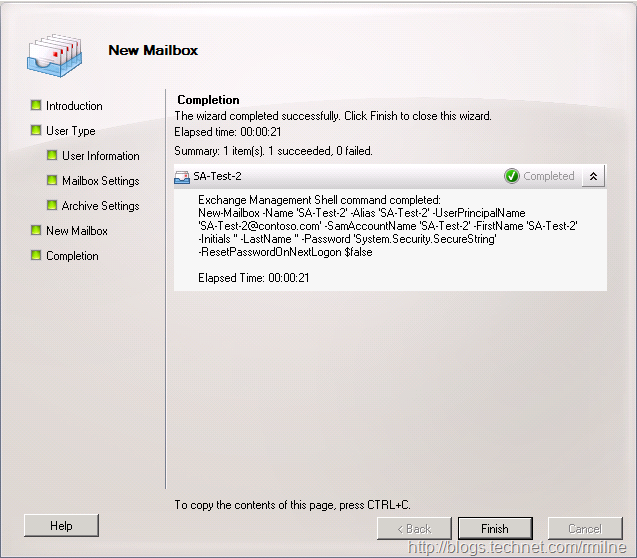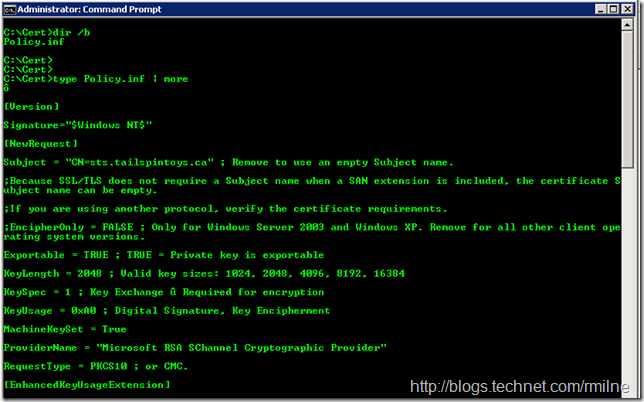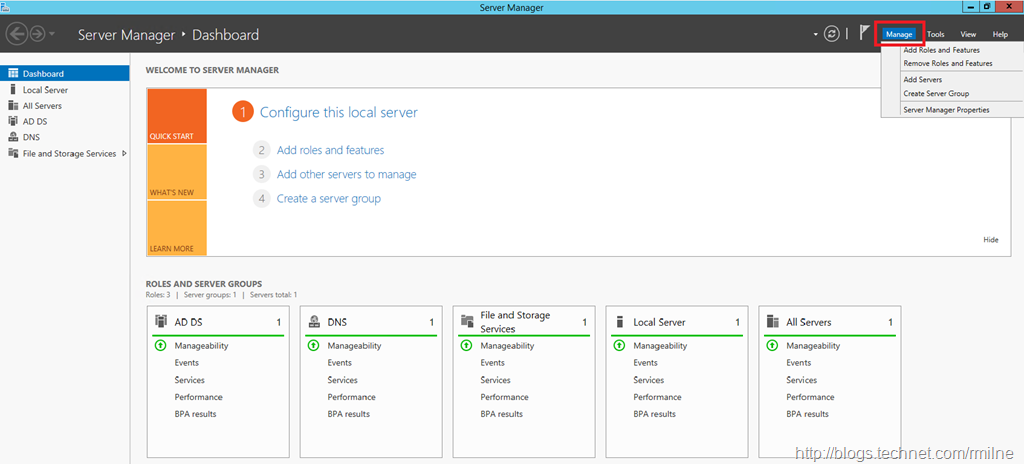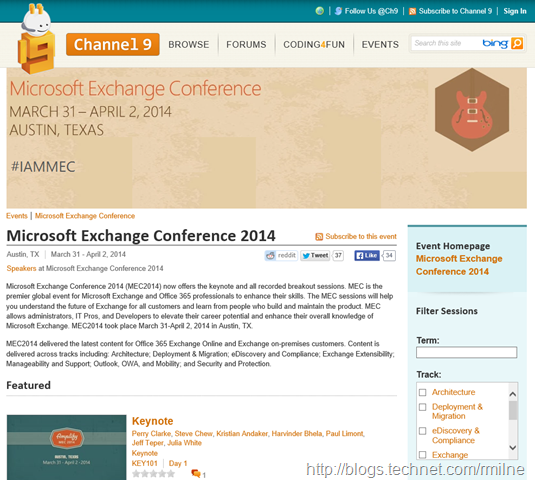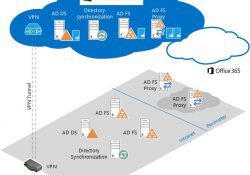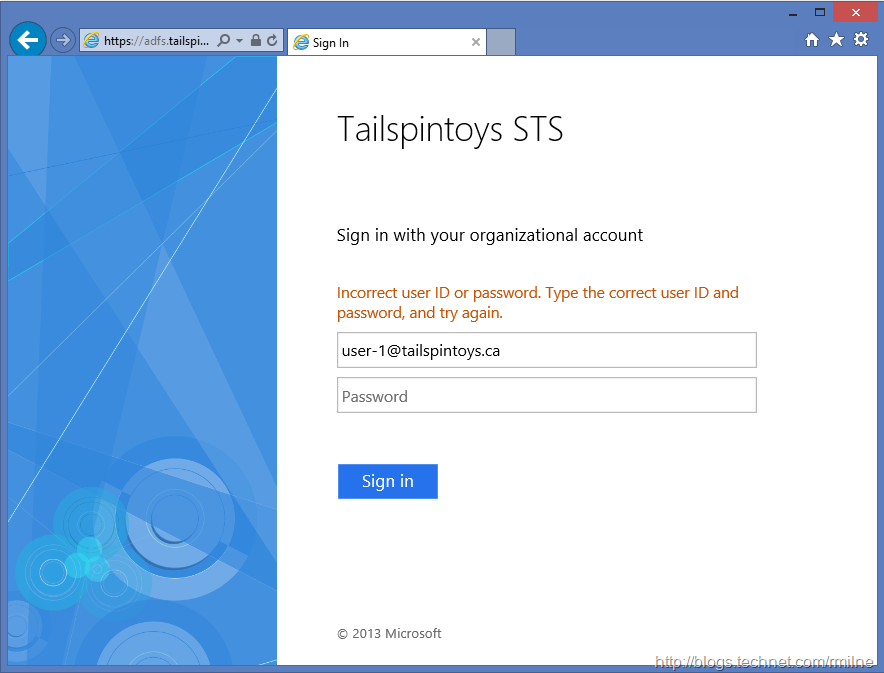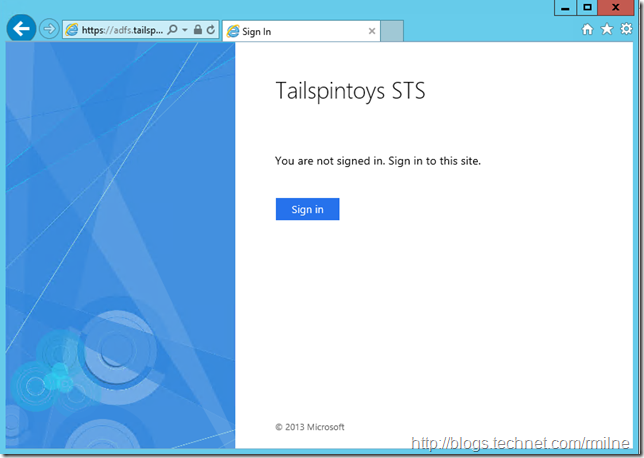Exchange Scripting Agent – The Power Of Script
Exchange 2010 introduced a very interesting feature – the Scripting Agent. The intent for this component is to provide extensibility to the base management tools and ensure consistency for the execution of cmdlets in the environment. The feature is not enabled by default and you must manually enable it if you want to leverage the Scripting Agent.
If you are looking for a way to set default optio… Read the rest “Exchange Scripting Agent – The Power Of Script”
